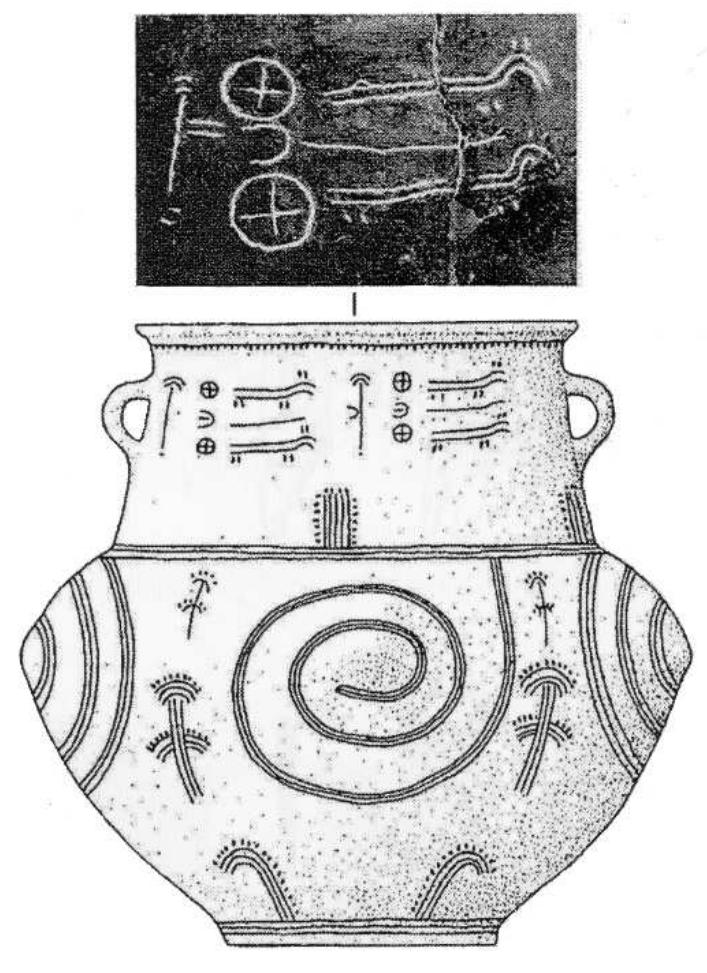Waste Reduction Techniques in Production
페이지 정보
작성자 Regina 작성일25-10-18 04:16 조회2회 댓글0건관련링크
본문

Reducing waste in manufacturing processes is not just good for the environment—it also improves efficiency, cuts costs, and enhances competitiveness
Many manufacturers are finding innovative ways to minimize material loss, energy use, and unnecessary production steps
The cornerstone of waste reduction is applying lean thinking to production systems
Lean focuses on identifying and eliminating non-value-adding activities
Key targets include avoiding surplus output, minimizing stored materials, cutting down on wasted motion, and preventing product flaws
By streamlining workflows and continuously improving processes, companies can significantly cut down on waste
Another key approach is better material planning and inventory management
Just-in-time logistics minimize storage risks by synchronizing supply with actual production demands
Reliable sales projections and tight supplier partnerships are essential to prevent excess procurement and scheduling conflicts
Reintegrating scrap and byproducts back into production offers a highly effective waste-reduction tactic
Metal shavings, plastic remnants, and cut-offs can be salvaged, 空調 修理 refined, and fed back into the production stream
Some factories even partner with local recyclers to turn waste into new raw materials, creating a circular economy within their supply chain
Adopting advanced, eco-conscious machinery and robotic systems reduces both material and energy waste
State-of-the-art tools produce tighter tolerances, minimizing scrap and improving yield
Robotic systems eliminate variability, maintain uniform standards, and drastically cut down on corrections and rejected units
The people on the shop floor hold invaluable insights into inefficiencies
Those operating the machinery daily notice inefficiencies that management may overlook
Fostering open feedback and incentivizing ideas drives actionable, affordable fixes
Ongoing training in sustainability methods cultivates a mindset of accountability and constant optimization
Regular audits and data tracking help manufacturers understand where waste is happening and measure progress over time
Monitoring key performance indicators such as scrap rate, material utilization rate, and energy consumption per unit produced can reveal trends and highlight areas needing attention
Integrating sustainability into the product design phase yields enduring environmental and economic benefits
Streamlined structures, minimal material usage, eco-friendly parts, and modular assembly make products easier to recycle and repair
Waste minimization is a continuous journey, not a single initiative
Integrating innovation, lean practices, workforce collaboration, and sustainable design enables factories to thrive economically while protecting the planet
댓글목록
등록된 댓글이 없습니다.

